
Why Goleniów?
Goleniów the city of defensive walls
The settlement dates back to the 10th century. Together with Pomerania it formed part of medieval Poland until 1138 and as a result of the 12th-century fragmentation of Poland it became part of the separate Duchy of Pomerania, ruled by the House of Griffin. Barnim I, Duke of Pomerania granted the settlement Magdeburg town rights and additional privileges in 1264, yet Gollnow was rechartered with Lübeck Law, which favoured the local merchants, in 1314.The town grew by exploiting the vast timber reserves in the town-owned forests, and by trade.
The town was connected to the Baltic Sea trade routes by the port of Ihnamünde at the mouth of the Ina river. Competition with nearby Stettin (Szczecin) led to a series of conflicts between the two towns, the differences were set aside only in 1615 when the towns signed a reconciling treaty. The town remained part of the Duchy of Pomerania until Sweden took over in 1630.
Monuments
Most important monuments

Gothic Saint Catherine's church
Former parish church, built in the 15th century in the Gothic style on the foundations of a Romanesque church, the most magnificent temple and monument of Goleniów, Protestant since 1534, destroyed after World War II, rebuilt in 1957-1959, currently under the parish at ul. John Paul II led by priests of Christ. Its patron saint is St. Catherine of Alexandria of Egypt. The church consists of a three-nave, hall body supported by four smooth octagonal pillars, an elongated chancel closed on three sides, a square tower and 2 chapels.

Medieval defensive walls
Stone and brick, several fragments, the most beautiful is on the river. In another, there are the cylindrical Powder Tower and the octagonal Mint Tower, where coins were minted, next to it there is a water gate, the second fragment next to the Wolinska Gate (an octagonal turret with the city's coats of arms) and in the Goleniów Planty. The construction of the city's defensive fortifications began right after the city was founded (1268). Until the mid-fourteenth century, Goleniów was surrounded by a stone and stone and brick wall with several lookouts and towers.
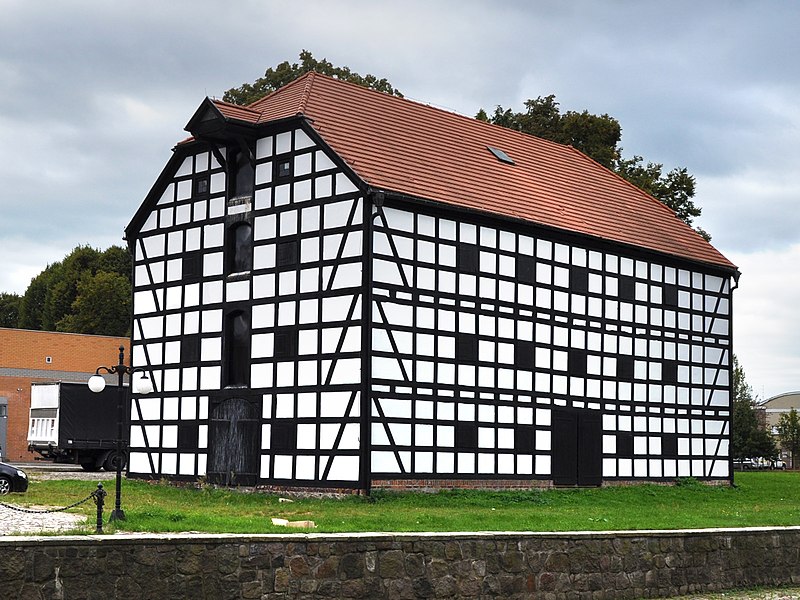
Old granary
Old granary on the river Ina (18th century), half-timbered, the only one that survived, high, three-storey, located on the site of the former river port, an interesting example of half-timbered architecture, currently not in use. In the 14th century, when the fishing settlement on the Ina River flourished, two granaries and port buildings were built. Thanks to belonging to the Hanseatic League from 1368. In the mid-sixteenth century, in place of two small granaries, a larger one was built. In 1749, it was demolished, and a new one was erected on its foundations, which has survived to our times.
Gallery
Photos from Goleniów

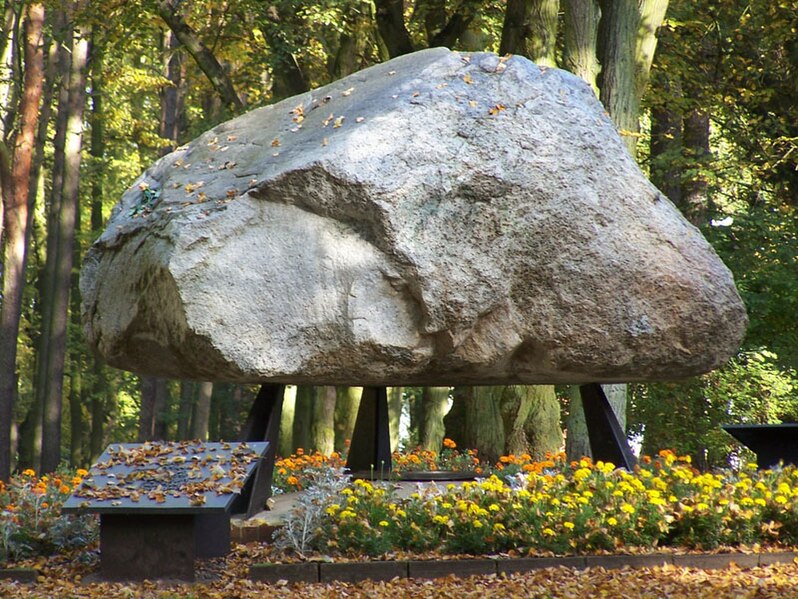
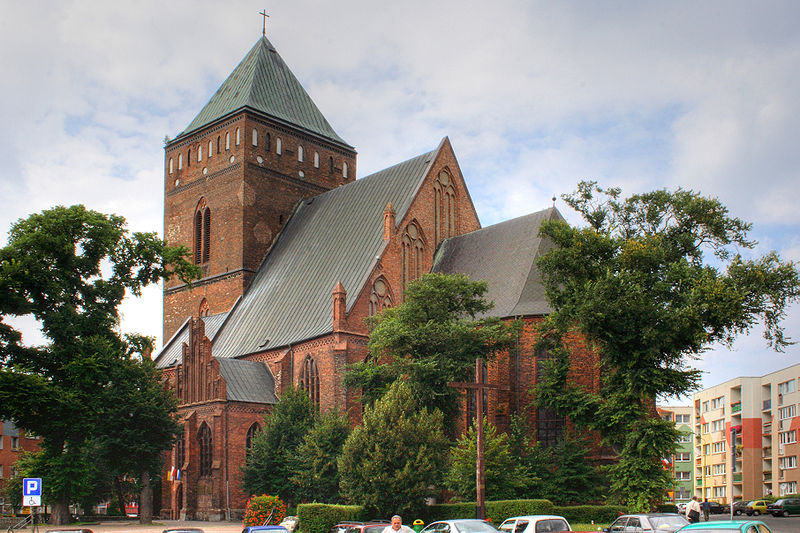
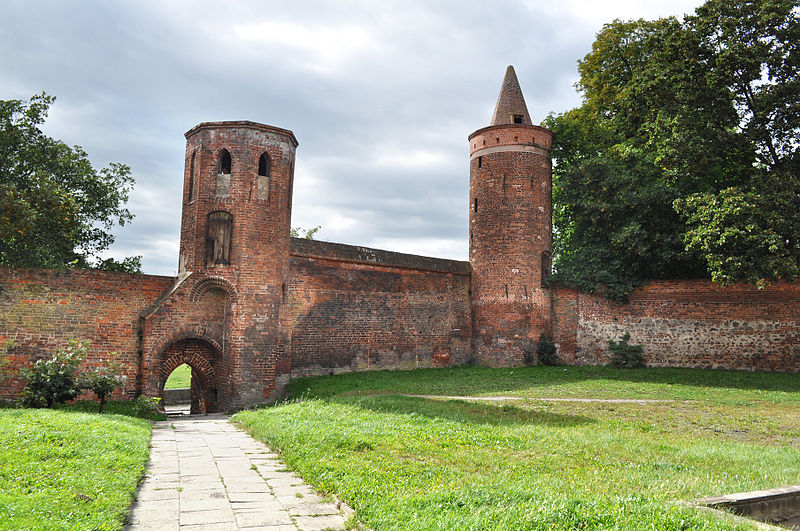

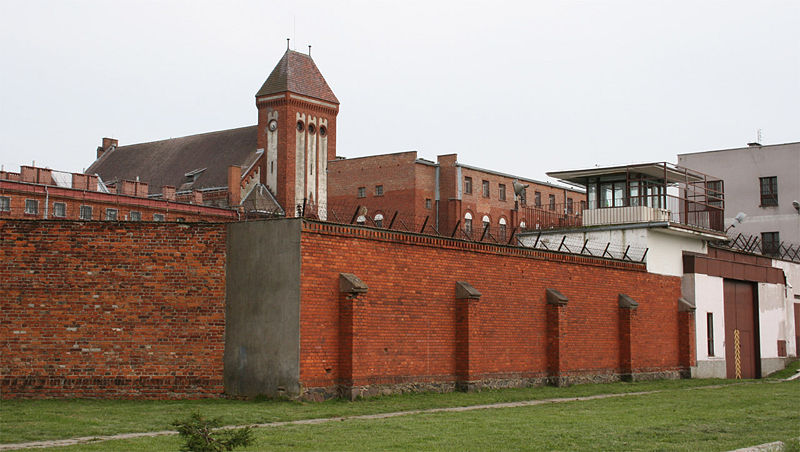
Pill
Goleniów in numbers
| Coordinates | Country | Established | Town rights | Area | Elevation | Population (2011) |
|---|---|---|---|---|---|---|
| 53°33′49″N 14°49′41″E | Poland | 10th century | 1268 | 11.74 km2 (4.53 sq mi) | 15 m (49 ft) | 22,844 |